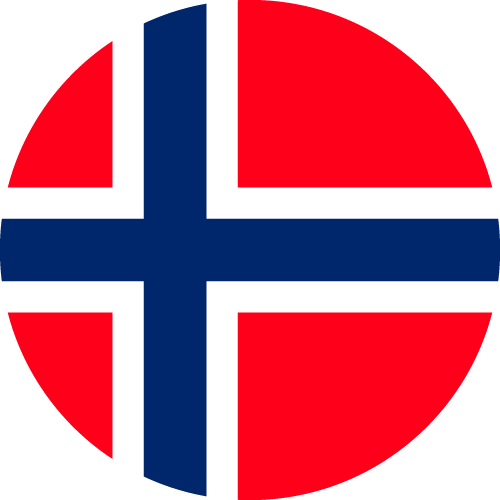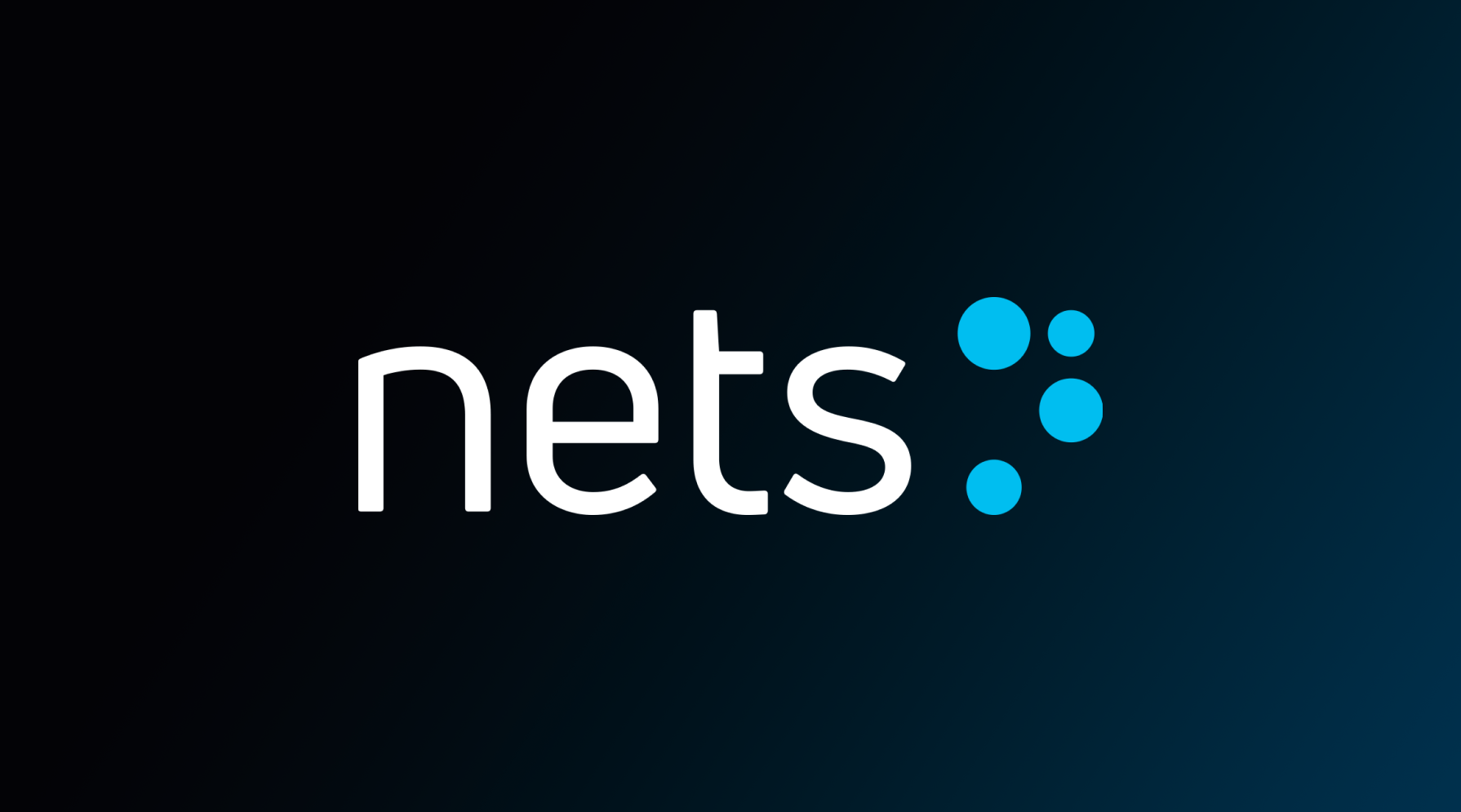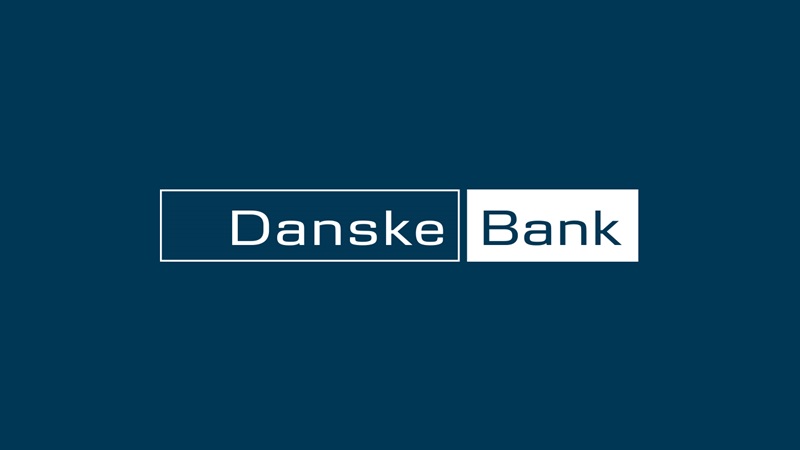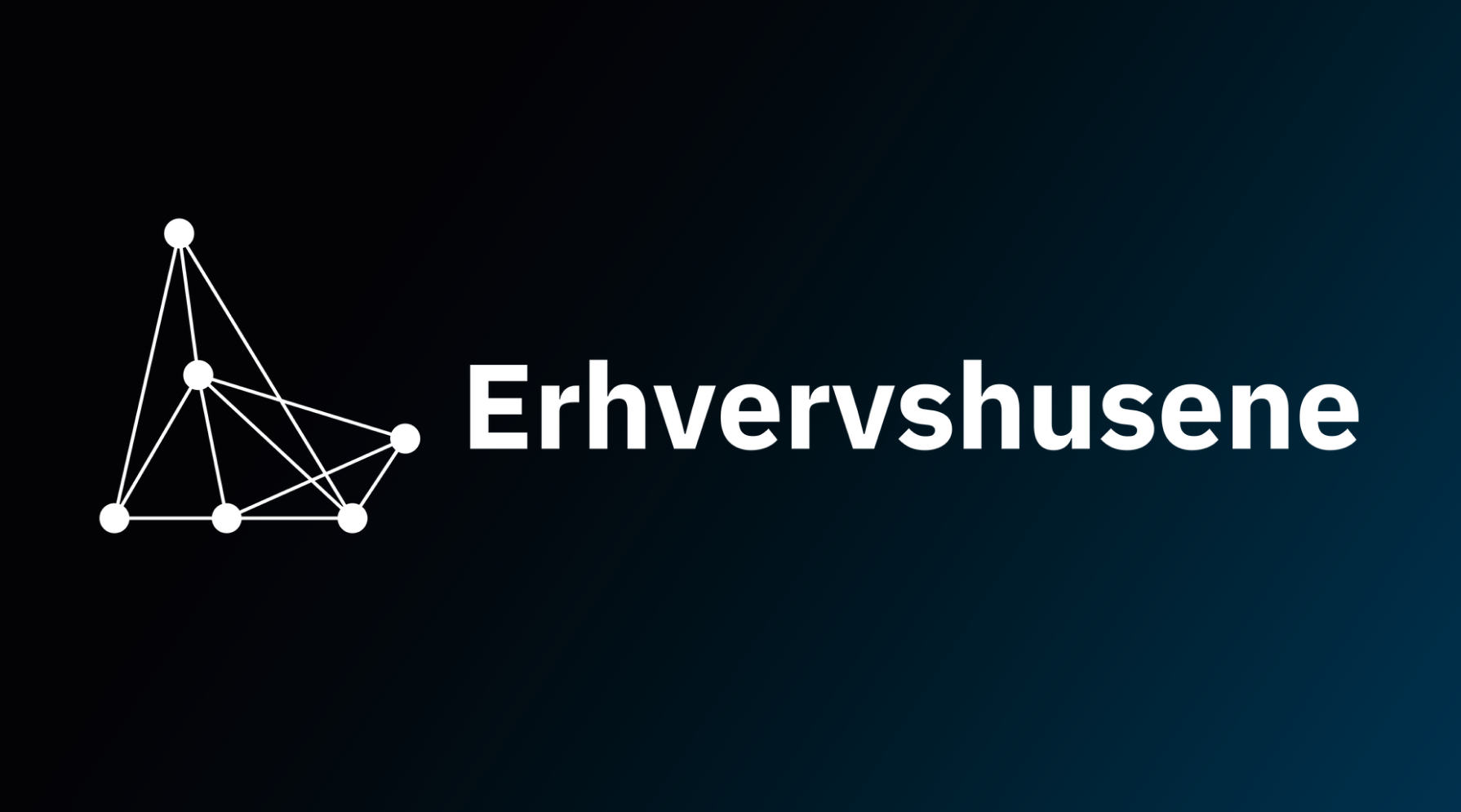eCommerce market overviews
The following overviews are intended to give a short and relevant overview of the main topics that are relevant for performing e-commerce in the given markets. The data is collected and made publicly available in cooperation between The Trade Council, Nets, Danske Bank, and the Confederation of Danish Industry (DI)
-

USA
eMarket
Total B2B market in the US in 2021 was USD 13 trillion. E-commerce makes up 12.5% of total B2B market in the US and reached a total of USD 1.63 trillion in 2021 - an increase of 17.8% since 2020.In 2021, B2C e-commerce sales reached nearly USD 600 billion; ahead of Japan in 3rd place, and behind China, the biggest e-commerce market in the world.The top B2C e-commerce stores by revenue are Amazon, Walmart, Apple, Target, and Home Depot.The main stores for Food & Beverages are: kroger.com, walmart.com, hellofresh.com, amazon.com, and safeway.com.The main stores for Furniture & Homeware are: homedepot.com, wayfair.com, walmart.com, amazon.com, and target.com.eCustomers
The U.S. ranks as the second-largest e-commerce market in the world, second only to China in terms of sales. Despite appearing to be a highly established market, the U.S. offers significant opportunity for e-commerce growth due to the fact that e-commerce is still a minor shopping channel in the country.The most commonly product shopped online consumer electronics 21,5%, clothes and apparel 11,9% and household goods 10,8%.Payments
Visa and MasterCard are the most frequently offered payment methods in U.S. e-commerce. 96% of the top 500 online shops by net sales in 2020 in the U.S. offer payment by these methods. Closely followed by American Express with a percentage of 89%. Discover and Paypal also belong to the top 5 payment methods in U.S. e-commerce.
The ubiquity of credit and debit cards has made them an enabler of digital wallets in the U.S. With smartphones, digital wallets have the potential to extend the benefits of physical cards by seamlessly integrating loyalty programs and personalized financing offers.Logistics
The logistics for e-commerce is highly developed and consolidated in the USA. The main logistics providers for e-commerce are USPS, UPS, and FedEx.
Governance
The US Department of Commerce is the policy making entity for overall commerce in the US.
US Customs & Border Protection governs the rules of import/export declarations, tariffs, ports etc.
Many e-Commerce businesses need to apply for a tax ID and look into whether they qualify for sales tax exemption and resale certificates. Every state, county and city has different tax regulations, so understanding the rules in your target market is crucial.
Regulations
Federal Trade Commission set out a large number of rules and guidelines for business operations include online sales on a Federal level.There are no federal privacy laws regulating how company must comply with personal data collected from consumers.There are currently three states with comprehensive consumer privacy laws; California, Colorado, and Virginia.Special attention should be made by companies to protection against product liability suits.eCertificates
There are no national governmental or non-governmental certification schemes for e-commerce in the USA.
Sources

-

Germany
eMarket
B2B e-commerce is increasingly being used by buyers. More than 80% of B2B buyers use e-commerce for finding suppliers and purchasing products.The preferred B2B e-commerce platforms in Germany are Amazon, eBay, Alibaba, Rakuten, and Mercateo.B2C e-commerce reached EUR 108 billion (3% of GDP) for the first time in 2021, and has experienced 45% growth since 2017. Over 50% of B2C sales are through marketplaces, and Direct-to-Consumer (D2C) is growing. E-Commerce represents approx. 18% of the retail sector, and is growing.The top B2C platforms by revenue in Germany are Amazon, Otto, Zalando, and MediaMarkt.The main stores for Food & Beverages are: faschenpost.de, shop.rewe.de, amazon.de, bofrost.de, and hawesko.de.The main stores for Furniture & Homeware are: ikea.com, otto.de, amazon.de, home24.de, and wayfair.de.eCustomers
The German e-commerce market is well developed and has exploded in the recent years and during the pandemic. 94% of the population shops online and almost 85% had e-shopped the past month.The main reason for shopping online in Germany is convenience. The main reason behind the last time a German e-shopper has cancelled an online purchase is the price including shipping was to high 23%. The payment option I wanted to use was not available 20%. Technical problem 13%.The most commonly products shopped online are clothing and footwear 63%, Pharmacy products 45% and Home electronics 45%.E-commerce consumer expectations of delivery time is pretty much like Denmark. Almost 80% prefer a delivery time between 3-5 days and almost 20% prefer a delivery time between 1-2 days.When it has comes to delivery methods, Germany are very different from the Nordics. Totally more than 80% prefer Home delivery. More than 50% with signature requirement and about 30% without signature requirement. Germany is a country where home delivery is very important for the consumers.When it comes to reason why German consumers shops abroad is because lower price outside Sweden (54%) and because the product not are available in Germany (32).Payments
The most common used payment methods is PayPal or similar. Interesting insight is that PayPal dominates the German e- commerce market by 50%. Paying by invoice is 21% and Debit or credit card is only 17%. The largest invoice payment provider is Klarna.
Logistics
The logistics for e-commerce in Germany is very developed, and there are many service providers that cover the whole of the Germany. The largest logistics providers for e-commerce in Germany are DHL, DB Schenker, UPS and FedEx.
Governance
Bundesministerium für Wirtschaft und Klimaschutz is the ministry governing e-commerce.
Generalzolldirektion is the German Customs Agency.
Bundeszentralamt für Steuern is the German Tax Authority.
Regulations
In Germany, the EU Digital Services act applies.
The federal association of Ecommerce Vendors in Germany.
The federal association of German Industry (many relevant topics).
eCertificates
Trusted Shops. Most important badge for online shops.
Important and renowned agency for tests of consumer products.
German certification body for the safety and durability of products.
Sources
E-commerce in Europe 2021, Postnord.
E-commerce 2020 international, NETS.
European E-commerce report 2022, E-commerce Europe.
E-commerce Germany News.

-

United Kingdom
eMarket
In 2021, turnover in B2C e-commerce sales reached EUR 162 billion (6% of GDP), which is a 38% increase from 2017 levels. E-commerce now represents 38% of retail sector.The leading B2C platforms by revenue are Amazon, Tesco, Sainsbury, and Argos.The main stores for Food & Beverages are: tesco.com, sainsbury.com, ocado.com, asda.com, and waitrose.com.The main stores for Furniture & Homeware are: mayfair.co.uk, johnlewis.com, dunelm.com, amazon.co.uk, argos.co.uk.eCustomers
The UK e-commerce market is one of the leading in Europe especially for groceries. 95% of the population shops online and almost 90% had e-shopped the past month.
The main reason for shopping online in UK is convenience e.g. to comparing prices and more choices.
The most commonly products shopped online are clothing and footwear 64%, Groceries 46% and Books and media 40%.
E-commerce consumer expectations of delivery time is pretty much like Denmark. Almost 70% prefer a delivery time between 3-5 days and almost 20% prefer a delivery time between 1-2 days.
When it has comes to delivery methods, UK are very different from the Nordics. Total more than 90% prefer Home delivery. Almost 60% with signature requirement and about 30% without signature requirement. UK is a country where home delivery is very important for the consumers.
Payments
The most used payment method in UK is Debit or credit card (58%) PayPal or similar (35%). Visa and MasterCard are the most commonly used. Besides PayPal Apple Pay and Google Pay are also moving into the payment scheme.
Logistics
The logistics for e-commerce in the UK is very developed, and there are 30+ service providers that cover the whole of the UK. The largest logistics providers for e-commerce in the UK are DPD Group, DHL Supply Chain, UPS, Wincanton, and Royal Mail (GLS).
Governance
Department for Business, Energy & Industrial Strategy.
Economic Development Directorate (Scotland).
Department for the Economy (Northern Ireland).
Business, economy and innovation (Wales).
HM Revenue & Customs (HMRC).
Regulations
The Consumer Contracts Regulations 2013 place additional obligations on website operators who deal with consumers as well as introducing cancellation rights for consumers.
The Privacy and Electronic Communications Regulations 2003 governs direct marketing (both solicited and unsolicited) by means of electronic communication.
The Online Intermediation Services for Business Users Regulations 2020 imposes obligations on providers of online platforms or search engines that are used by businesses to reach consumers.
The Consumer Protection from Unfair Trading Regulations 2008 prohibits various unfair practices by traders, such as misleading actions or omissions, and include a “blacklist” of prohibited commercial practices.
The Provision of Services Regulations Act of 2009 requires traders to specify information available rewto customers and meet certain standards when handling complaints.
Ombudsman services are only available when all other processes have been exhausted. Although there are a range of Ombudsman services in the UK they all adhere to these rules.
eCertificates
eIDAS Trusted List is the UK trusted list shows whether a trust service provider has been granted qualified status and which of its services are qualified. The trusted list is the single authoritative source you can use to verify that the ICO has granted a trust service provider, and one or more of its services, with qualified status.
Sources
E-commerce in Europe 2021, Postnord.
E-commerce 2020 international, NETS.
European E-commerce report 2022, E-commerce Europe.

-

Sweden
eMarket
The size of B2B e-commerce sales in Sweden is not easy to estimate. However, 65% of all companies in Sweden used digital sales channels in 2021.In 2021, B2C e-commerce sales reached EUR 14 billion (3% of GDP), which was an impressive growth of 109% from 2017 levels, heavily influenced by the COVID19 pandemic.The top three B2C online stores represent 10% of all e-commerce revenue in Sweden; they are netonnet.se, apotea.se, and Amazon.The main stores for Food & Beverages are: mathem.se, coop.se, willys.se, matsmart.se, and vioteket.se.The main stores for Furniture & Homeware are: ikea.com, mio.se, jysk.se, trademax.se, and chilli.se.eCustomers
Sweden is one of the most developed ecommerce countries. The Swedish consumer is willing to try new technology e.g. try new payments methods.
One of the countries in Europe where the highest percentage of population shops online. 96% of the population shops online and 80% have e-shopped the past month.The main reason for shopping online in Sweden is convenience. Sweden is one the country in Europe that rates convenience highest when it comes to reason for shopping online. The main reason behind the last time a Swedish e-shopper a cancelled an online purchase is the including shipping was to high 27%. The preferred payment option was not available 11%. The payment process did not work 9%.
The most commonly product shopped online are pharmacy products 69%, clothing and footwear 61% and home electronics 38%.
E-commerce consumer expectations of delivery time is pretty much like Denmark. About 70% prefer a delivery time between 3-5 days.
When it has comes to delivery methods 30% prefer own mailbox or mailbox by mail carrier. About 20% prefer distribution point and about 20% prefer home delivery without signature.When it comes to reason why Swedish consumers shops abroad is because the product not is available (49%) and because the price is lower outside Sweden (43%).
Payments
Residents of Sweden most prefer paying by invoice and therefor the most used payment method is Invoice (31%), Klarna is the largest invoice payment provider. Payment with Debit or credit card (28%). The most used credit card is VISA and MasterCard. PayPal or similar (13%). 8 million Swedish citizens has downloaded the payment app swish. The app is becoming more popular by the young population.
Logistics
The market for logistics providers in Sweden is relatively consolidated. The main e-commerce logistics providers in Sweden are PostNord, Budbee Home Delivery, DB Schenker, and DHL.
Governance
All relevant information from public entities is collected at Verksamt.se.
Company registration is governed by the Swedish Companies Registration Office (Bolagsverket).
Customs are governed by Swedish Customs (Tullverket).
Taxes are governed by the Swedish Tax Agency (Skatteverket).
Regulations
The Swedish Sale of Goods Act (Köplagen) is the overarching legal framework for commerce in Sweden.
The E-commerce Act (E-handelslagen) is the commercial law that lays out the legal framework for e-commerce. (2002:562) om elektronisk handel och andra informationssamhällets tjänster Svensk författningssamling 2002:2002:562 t.o.m. SFS 2014:1454 - Riksdagen
The Swedish Consumer Agency (Konsumentverket) and its service HallåKonsument! provides information for consumers about e-commerce, and safeguards consumers interests.
The Consumer Ombudsman (Konsumentombudsmannen) takes cases from consumers and provides guidelines based on cases.
eCertificates
The main certificate in Sweden is the Trygg E-handels märkat (in english), which is established and operated by the Swedish Trade Federation. Companies pay the cost of certification. There are no customer protection schemes connected to the certification.
Sources
E-commerce in Europe 2021, Postnord.
E-commerce 2020 international, NETS.
European E-commerce report 2022, E-commerce Europe.

-

Norway
eMarket
In 2021, B2C e-commerce sales reached nearly EUR 17 billion (5% of GDP), which was an impressive growth of 58% from 2017 levels, heavily influenced by the COVID19 pandemic. E-commerce sales now represent 15-18% of retail sales in Norway.
The top three B2C online stores represent 15% of all e-commerce revenue in Norway; they are elkjop.no, komplett.no, and apple.com.
Fashion is the most popular category shopped in Norway. The main online store for fashion are the H&M group. The most popular marketplaces for clothes are Zalando and Boozt
The main stores for Food & Beverages are: oda.com, meny.no, joker.no. For alcoholic product with an alcohol percentage above 4,7% can only be sold at Vinmonopolets physical stores or web shop vinmonopolet.no.
The main stores for Furniture & Homeware are: ikea.com, jysk.no, bohus.no, skeidar.no, and mobelringen.no.
eCustomers
Norway is digitally mature country. Norway is one of the countries in Europe where the highest percentage of populations shops online. 93% of the population shops online and 55% have e-shopped the past month.
The main reason for shopping online in Norway is convenience. The main reason behind the last time a Norwegian e-shopper has cancelled an online purchase is the price including shipping was to high 27%. The payment process did not work 9%. Lack of confidence 7%.The most commonly product shopped online are clothing and footwear 55%, Cosmetics 31% and Pharmacy products 28%.
E-commerce consumer expectations of delivery time is pretty much like Denmark. About 60% prefer a delivery time between 3-5 days, but its one of the European countries where the consumers accept a higher delivery time on 6 days or more (30%).
When it has comes to delivery methods 45% prefer own mailbox or mailbox by mail carrier. About 20% prefer distribution point and about 20% prefer home delivery without signature.
When it comes to reason why Norwegian consumers shops abroad is because the product not is available (49%) and because the price is lower outside Norway (38%).
Payments
Debit and credit card is still the most used payment alternative, where 80% of online shoppers prefer to pay with card. However it is more and more combined with the payment app Vipps, that will merge with Mobilepay in 2023. We therefore see that card payment combined with Vipps are preferred by 68% of the consumers when shopping Online.
Visa and MasterCard are only used by 16% of consumers and payment by invoice is only used (18%), where the largest invoice payment provider is Klarna.
PayPal or similar is used (21%), but mostly for foreign web shops like aliexpress or wish.
Logistics
The market for logistics providers in Norway is relatively consolidated. The main e-commerce logistics providers in Norway are PostNord, Posten, and Bring.
Governance
Norwegian Business Authority governs commercial rules and regulations.
Norwegian Customs Agency (Tolletaten), governs trade rules and regulations.
Norwegian Tax agency (Skattetaten), governs tax rules and regulations.
Regulations
Commercial law (kjøpsloven) sets the overall legal framework for all commerce B2B & C2C.
Consumer Commercial law (forbrukerkjøpsloven) sets the overall legal framework for all commerce B2C both online and physical.
Guidelines and regulations from the Norwegian forbrukertilsynet. set out rules and regulations based for consumers and companies.
eCertificates
Trygg E-handel merket is the main, voluntary e-Certificate for e-Commerce. It is a mark that secures the consumer, that all Norwegian laws and regulations is followed for the webshop.
Sources
E-commerce in Europe 2021, Postnord.
E-commerce 2020 international, NETS.
European E-commerce report 2022, E-commerce Europe.

Contacts

Dansk Industri
DI has offices all over the world that can help you with everything from strategy to establishing and operating your e-export in the market.

Nets
Nets provides payment solutions and insights for consumers, banks, and companies.

Danske Bank
We can be your company's financial partner for international trade or expansion and help identify and deal with challenges and opportunities.

The Trade Council
The Trade Council is the part of the Ministry of Foreign Affairs that helps Danish small and medium-sized companies realize or optimize their exports in new markets. The Trade Council is present in more than 70 countries, with 16 digital sales advisors in 14 countries offering up-to-date advice and expertise in e-exports to global markets.

Erhvervshusene
We are set up to strengthen the development potential of small and medium-sized companies and help with necessary information to strengthen their competitiveness and business opportunities, locally and globally. Our services are adapted to the companies' demand and the market conditions and trends that are most important.